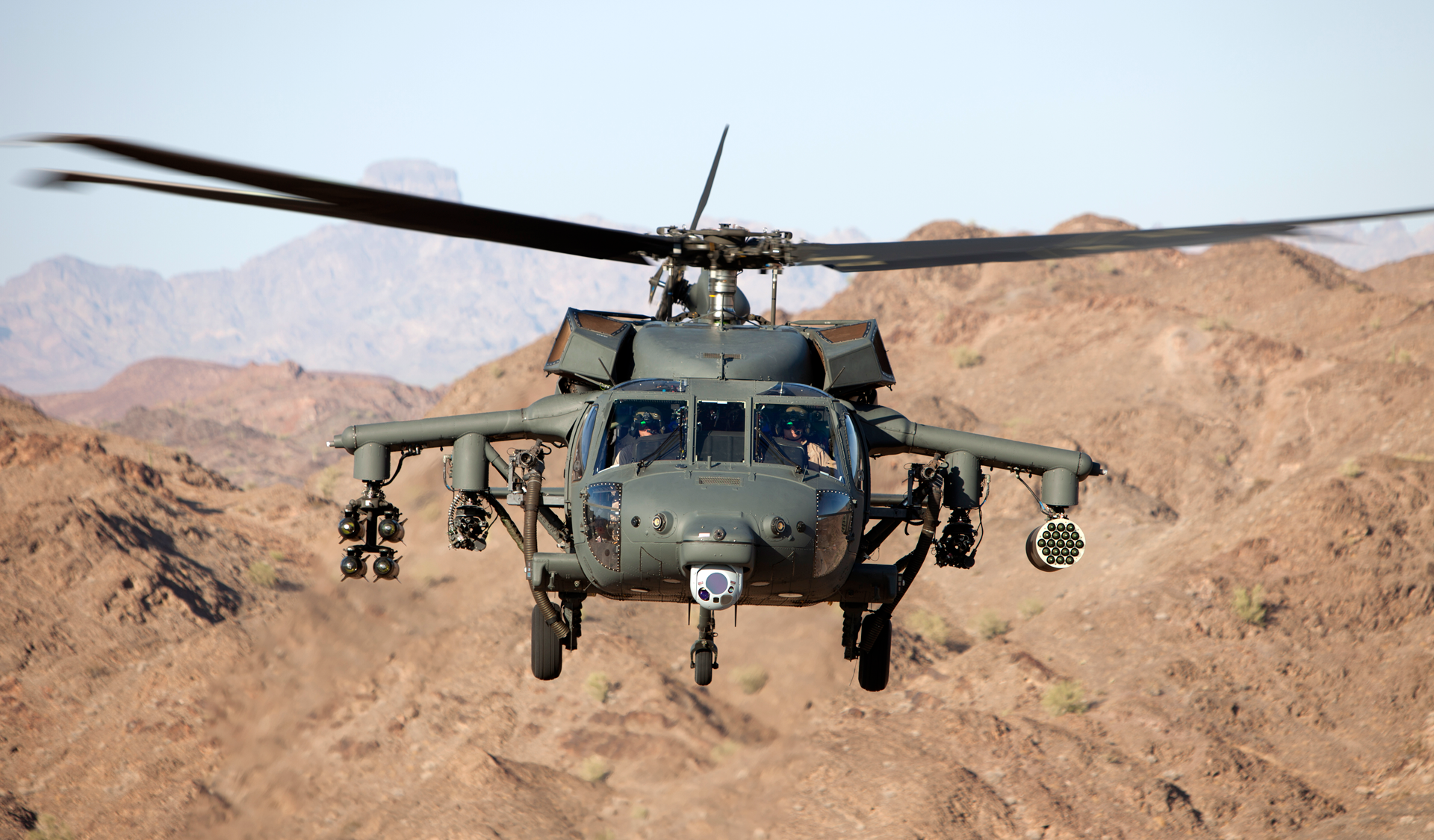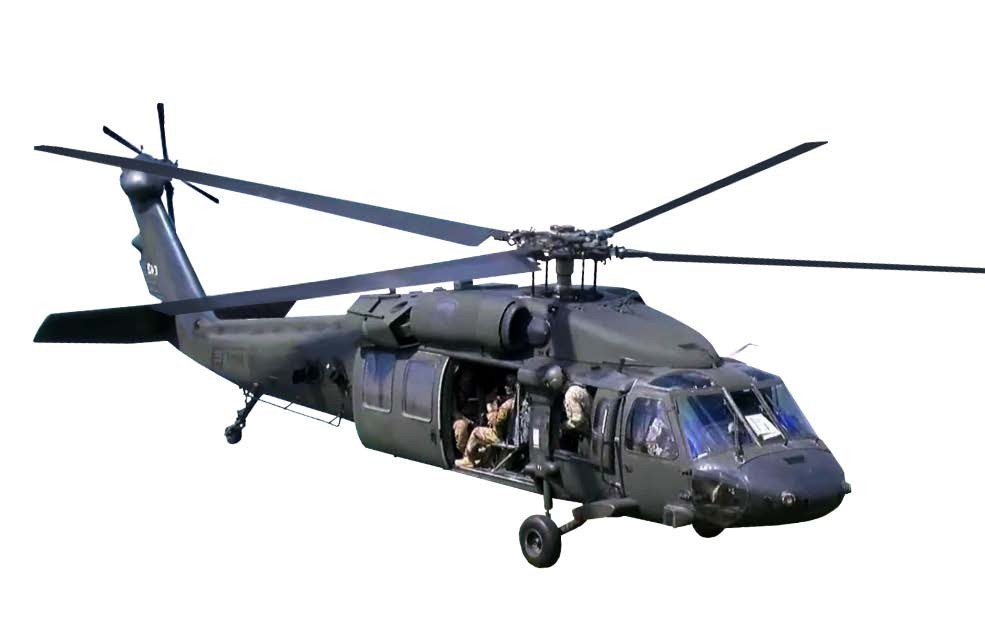How the Blackhawk Helicopter Has Actually Transformed Airborne Wheelchair and Fight Methods
How the Blackhawk Helicopter Has Actually Transformed Airborne Wheelchair and Fight Methods
Blog Article
Checking Out the Thrills and Innovations of the Blackhawk Helicopter
The Blackhawk helicopter stands as a testimony to army aviation's development, merging technical improvements with functional applications. Because its introduction in the 1960s, it has changed the landscape of airborne support, flaunting features that enhance its performance in various functional functions. As we explore its historic significance and key innovations, one need to think about how upcoming growths may redefine its capabilities. What exists in advance for this famous airplane, and exactly how will arising technologies form its future in armed forces operations?
Background of the Blackhawk Helicopter
Since its beginning in the 1960s, the Blackhawk helicopter has played an essential role in modern-day armed forces air travel. Developed by Sikorsky Aircraft, the UH-60 Blackhawk was designed to satisfy the U.S. Army's need for a versatile utility helicopter with the ability of executing a selection of goals, including troop transport, medical emptying, and cargo airlift. The layout was an action to the restrictions of earlier helicopters, specifically in regards to maneuverability, survivability, and speed.
The Blackhawk made its first flight in 1974 and quickly entered service in 1979. Its intro noted a substantial advancement in helicopter innovation, including a two-rotor system that enhanced efficiency and stability. The aircraft's sturdy construction and progressed avionics allowed it to operate efficiently in varied settings and conditions.
Throughout the years, the Blackhawk has actually been continuously updated, including lessons discovered from numerous battle circumstances. Its implementation in problems such as the Gulf War, Somalia, and the Battle on Terror further solidified its reputation as an important asset. The Blackhawk's tradition is defined by its versatility and resilience, making it a keystone of army aeronautics for years.
Trick Functions and Specifications
The Blackhawk helicopter is differentiated by its robust layout and progressed technological features, which collectively improve its operational capabilities. Made mainly for utility missions, the Blackhawk flaunts an optimum departure weight of around 22,000 pounds, permitting it to bring significant payloads while preserving agility.
Equipped with two General Electric T700-GE-701C engines, the Blackhawk attains a maximum speed of around 183 knots and a series of 368 nautical miles - Blackhawk Helicopter. Its advanced blades system includes a four-blade major blades and a four-blade tail blades, making certain stability and maneuverability in different flying problems
The helicopter's cabin can suit approximately 11 troops or different freight setups, showcasing adaptability in mission profiles. Furthermore, the Blackhawk is developed with advanced avionics, consisting of digital trip controls and an extensive cockpit display screen, improving pilot situational awareness.
For improved survivability, the Blackhawk integrates ballistic armor and self-sealing fuel containers. Its capability to run in varied settings, from deserts to icy terrains, better solidifies its online reputation as a reliable platform for altruistic and armed forces operations alike. The Blackhawk's combination of resilience, power, and flexibility makes it a cornerstone of modern aerial abilities.
Innovations in Modern Technology
Developments in technology have actually considerably improved the capacities of the Blackhawk helicopter, ensuring it stays at the forefront of military air travel. Among one of the most significant improvements is the combination of innovative avionics systems, which supply boosted situational awareness via real-time information processing and display. This innovation enables pilots to browse complicated environments more effectively, improving goal success rates.

Moreover, the intro of electronic fly-by-wire systems has transformed the control systems of the Blackhawk, offering smoother handling and enhanced responsiveness. These systems help with advanced ability to move, vital in high-stakes scenarios. Innovations in interaction and networking technologies allow smooth coordination among systems, enhancing general operational effectiveness. Jointly, these technical advancements guarantee that the Blackhawk helicopter remains a vital property in modern-day army procedures.
Roles in Military Procedures
With innovative innovation enhancing its capabilities, the Blackhawk helicopter plays a complex function in military procedures. Mainly, it is utilized for troop transport, enabling rapid implementation and extraction of workers in various combat circumstances. Its roomy cabin can accommodate approximately 11 troops, making it an important asset for massive goals and unique operations.
In Addition, the Blackhawk acts as a medevac platform, outfitted to deliver wounded soldiers swiftly and successfully from the combat zone to medical centers - Blackhawk Helicopter. Its convenience includes logistical support, where it carries products and tools essential for maintaining military procedures in remote areas

The helicopter is likewise critical in reconnaissance goals, supplying aerial surveillance and intelligence-gathering capabilities. Its ability to run in varied environments-- ranging from urban settings to severe terrains-- further solidifies its importance on the battleground.
Additionally, the Blackhawk can be equipped with sophisticated weaponry, permitting it to involve in battle and supply close air support. This versatility underscores the helicopter's important role in modern-day military strategies, making it a crucial part of armed pressures worldwide.
Future Developments and Innovations
Developments in innovation promise to usher in a brand-new period for the Blackhawk helicopter, boosting its capacities and functional effectiveness. Future developments for the Blackhawk might consist of enhancements in avionics, such as sophisticated trip control systems and enhanced situational understanding devices powered by man-made knowledge.
Furthermore, the combination of unmanned systems is on the perspective, possibly permitting manned-unmanned teaming operations that can expand mission accounts and lower risk to personnel. The Blackhawk's design is also anticipated to incorporate lighter and stronger materials, improving fuel effectiveness and total efficiency.

Conclusion
In final thought, the Blackhawk helicopter represents a significant success in army aviation, identified by its versatility and advanced technological attributes. Its historic evolution mirrors a constant response to functional requirements, boosting abilities in numerous duties such as army transport and medevac procedures. Continuous innovations, consisting of the combination of man-made intelligence and hybrid-electric propulsion, promise to more reinforce the Blackhawk's effectiveness and relevance in future military involvements, guaranteeing its status as a vital possession on the combat zone.

With sophisticated modern technology boosting its capabilities, the Blackhawk helicopter plays a complex role in military procedures. (Blackhawk Helicopter)
Report this page